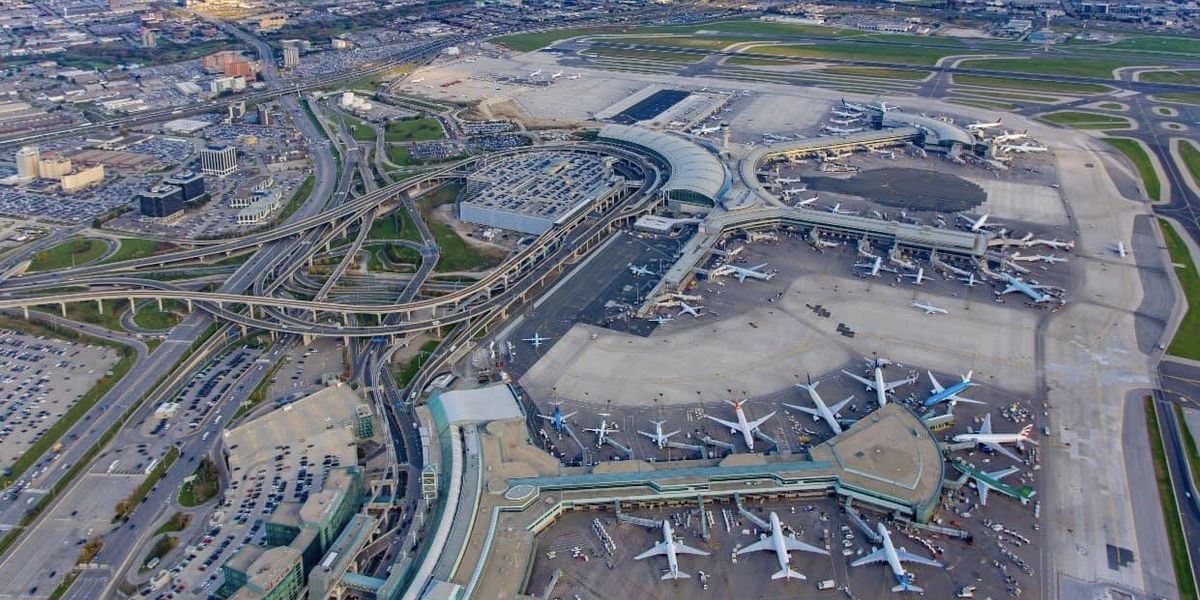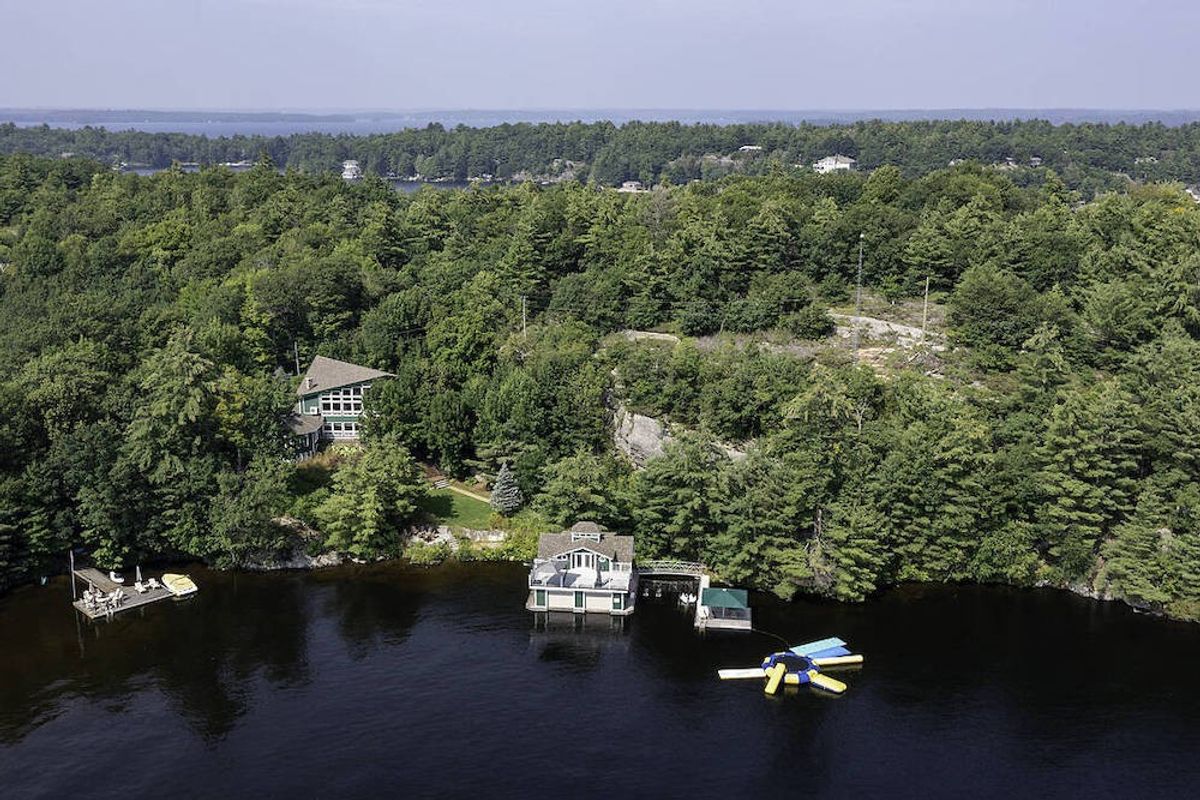There's no denying the need for affordable housing in the GTA, let alone across the country. Unsurprisingly, as the demand increases, supply dwindles. Thanks to factors like migration, youth employment and an ageing population, Canadian vacancy rates dropped to 2.4 per cent in the past year.
READ: Ontario Government Announces New Builds Are Exempt From Rent Control
According to the Canada Mortgage and Housing Corporation's 2018 Rental Market Report, Canadian vacancy rates have fallen below its 10-year average. Rates in Ontario, B.C. and Manitoba, however, have slightly increased.
In Ontario, rates went from 1.6 per cent in 2017 to 1.8 per cent in 2018. And, in B.C., vacancy rates rose from 1.3 per cent in 2017 to 1.4 per cent in 2018. Despite the increase, B.C. has the lowest vacancy rates in the country.
READ: Home Ownership In Canada Is More Affordable Than Renting [REPORT]
Manitoba saw a 0.2 per cent increase year-over-year. Combined, the growth in the three provinces is still not enough to offset the national decline.
Quebec experienced the most significant drop, falling from 3.4 per cent in 2017 to 2.3 in 2018. This decrease plays a major roll in the national drop on account of Quebec's large rental pool.
READ: Toronto’s Record-High Rent May Stop Setting Records As Increases Expected To Slow
In Saskatchewan and Alberta rates also plummeted, dropping 2 per cent and 0.6 per cent respectively. While the demand for rental units has increased in these provinces, there is simply not enough supply to keep up with the demand.
Across the Atlantic Region, all provinces reported a decline in vacancy rates. Newfoundland and Labrador reported a 0.6 per cent drop which, on account of their limited rental stock, equates to approximately 20 units.





















